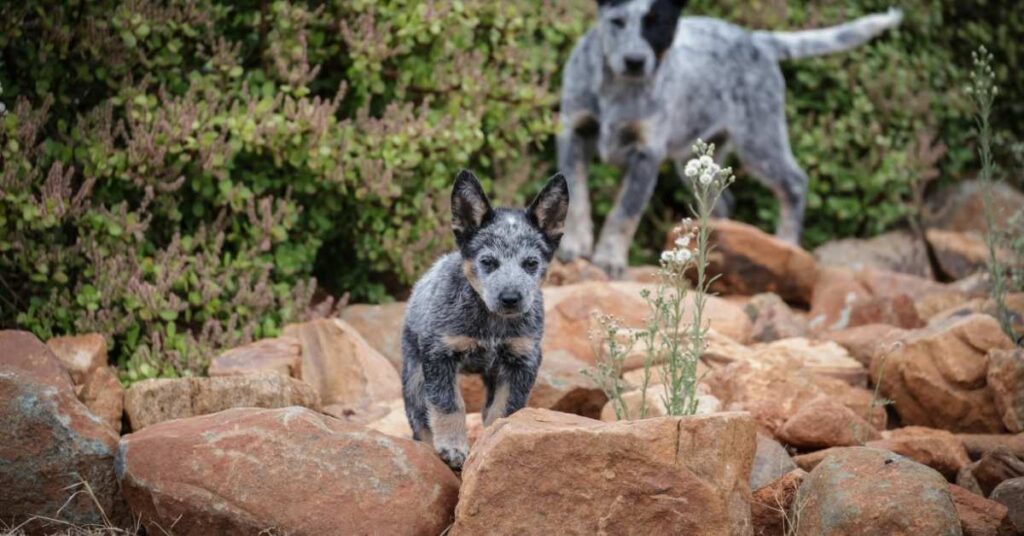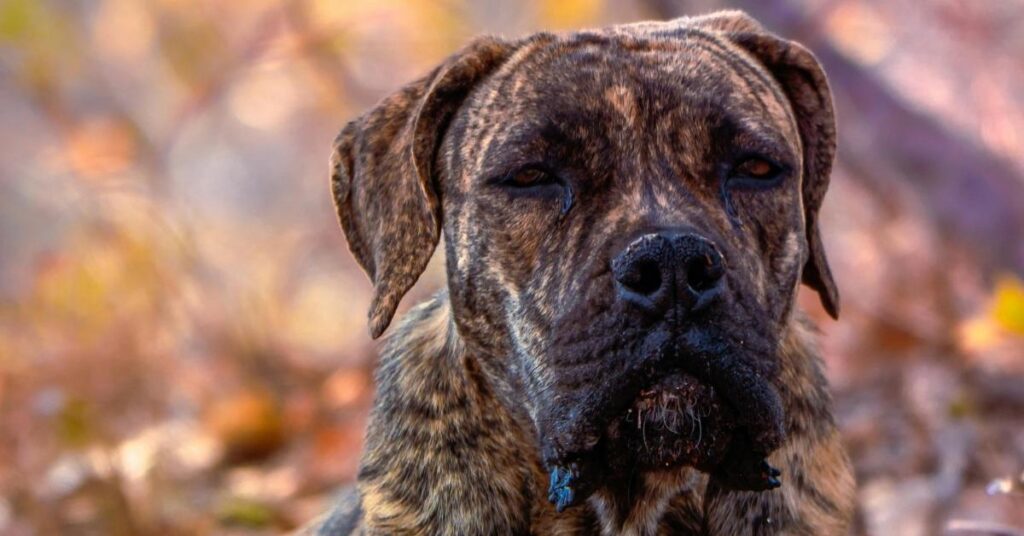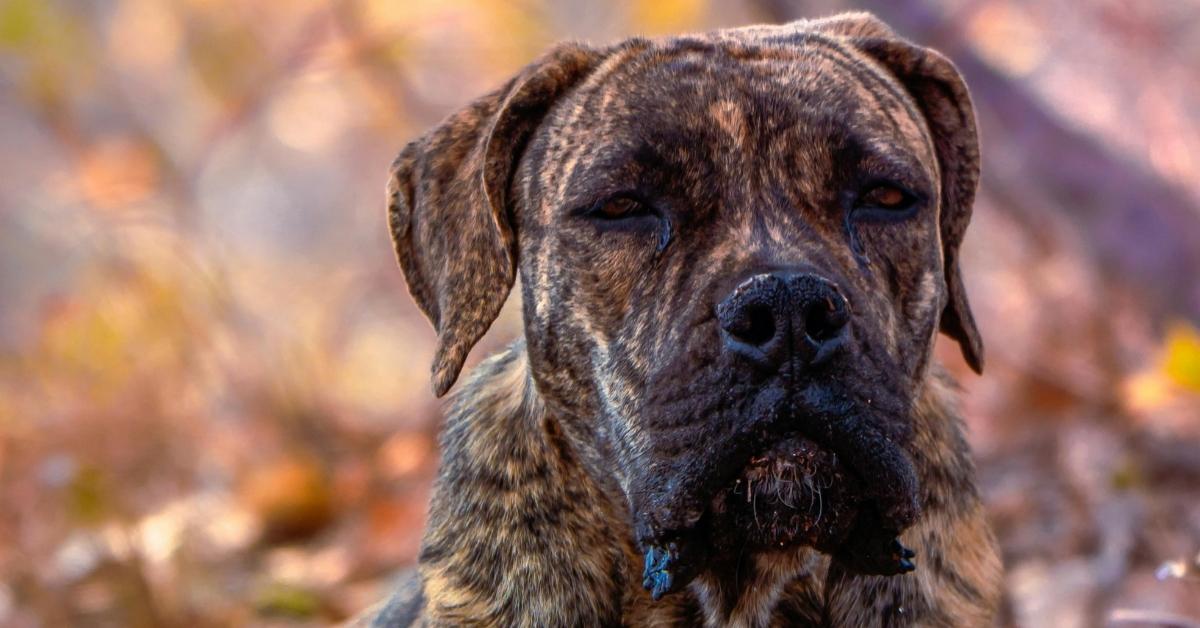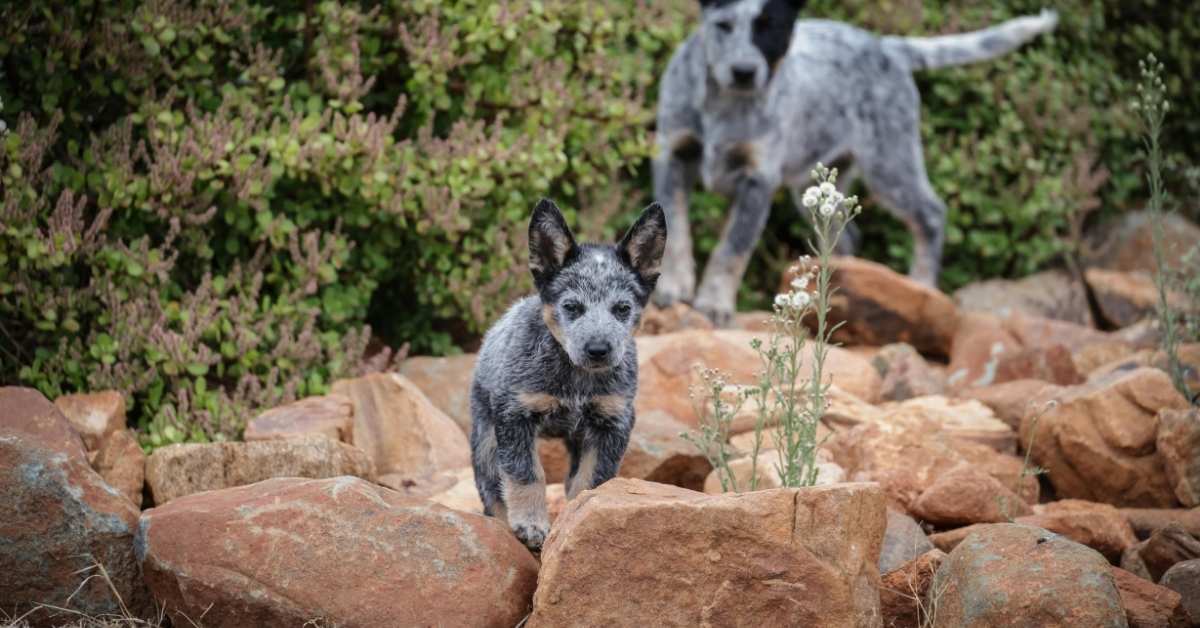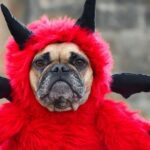Now Reading: Harlequin Great Dane: The Striking Giant Everyone Falls in Love With
- 01
Harlequin Great Dane: The Striking Giant Everyone Falls in Love With
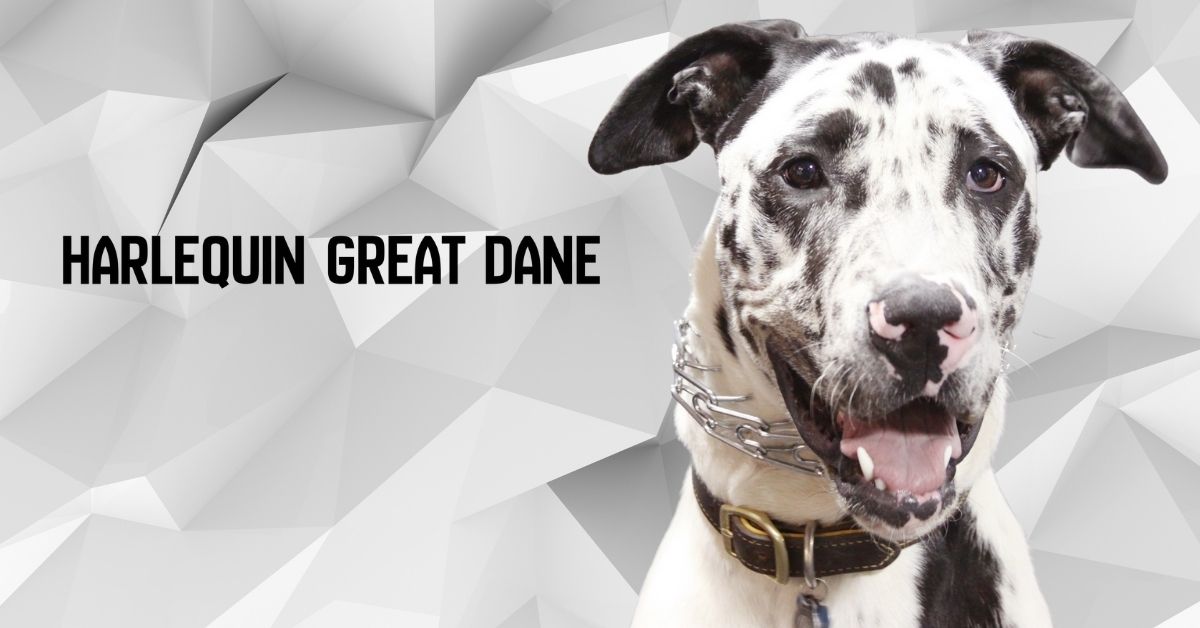
Harlequin Great Dane: The Striking Giant Everyone Falls in Love With
If you and I were sitting together right now, and you asked, “What’s so special about a harlequin great dane?”—I’d smile, because honestly, these dogs are walking masterpieces. Their patchy black-and-white coats turn heads everywhere, but what really surprises people is their gentle, goofy, oversized-teddy-bear personality hiding inside that giant body. So let’s settle in and walk through everything you actually need to know—size, colors, growth, and the questions people are afraid to ask about breeding.
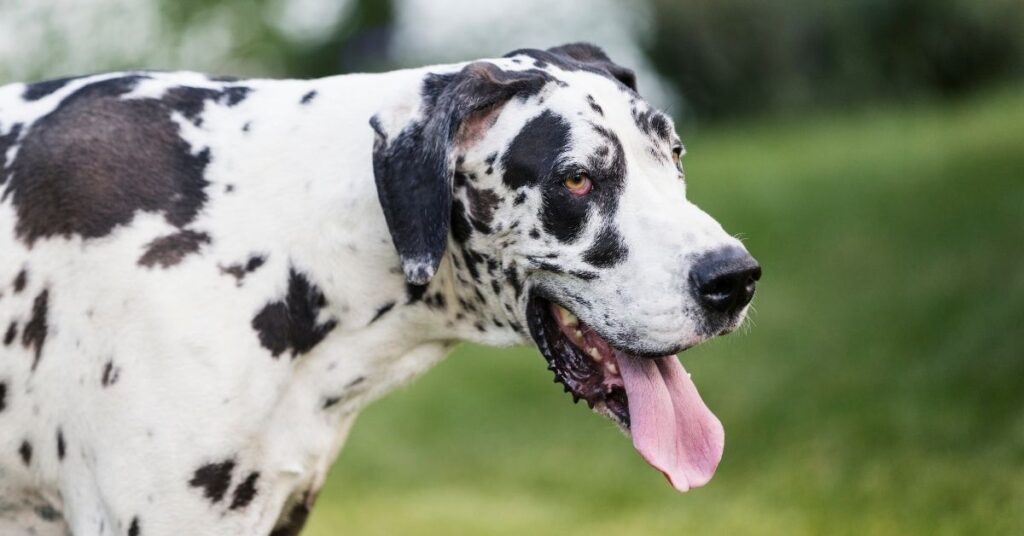
What Makes a Harlequin Great Dane So Unique?
A harlequin great dane isn’t just a Great Dane with spots—it’s a distinct color pattern that breeders and enthusiasts adore. The white base coat with irregular black patches gives this dog a look that no other giant breed even comes close to. But beyond the looks, a harlequin great dane is famously affectionate, laid-back, people-loving, and surprisingly easygoing around kids when trained properly.
And yes—they’re huge. Let’s talk numbers.
Must Read: Perfect Spot For Owning, Caring, and Finding Tarantulas for Sale
How Big Do Harlequin Great Danes Get?
If you’re wondering how much does a Great Dane weigh, you’re not alone. Most owners ask this even before adopting one.
Adult males usually reach 140–175 lbs, while females range around 110–140 lbs. But what shocks new owners more than the weight is the height.
According to standard measurements, the great dane height can reach 32–34 inches at the shoulder for males, and slightly less for females. A harlequin great dane standing next to a sofa looks like it should be paying rent!
Colors & Types: Harlequin and Beyond
While your main focus is on the harlequin great dane, it helps to know the types of Great Danes recognized in the breed community. These include fawn, brindle, black, blue, mantle, merle, and of course, harlequin. Each has its charm, but the harlequin stands out because the pattern is genetically complex.
For example, a blue harlequin great dane—a rare variant—has bluish patches instead of black. Many people ask for them because they’re stunning, but they aren’t always breed-standard depending on registry rules.
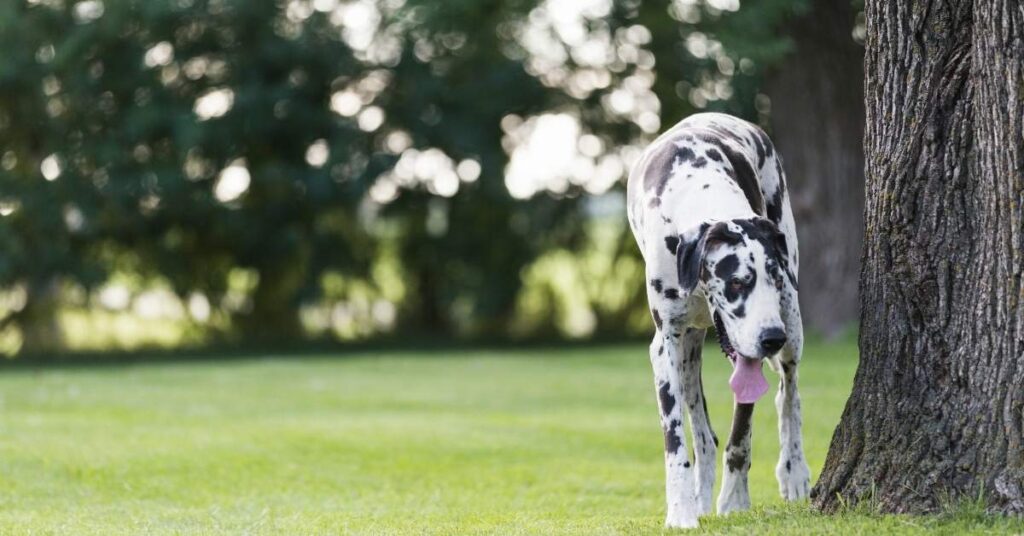
All of these variations help owners understand what to expect before choosing their preferred look.
The Great Dane Growth Journey
Puppy owners are always watching size changes, usually with a mix of excitement and worry. That’s where the Great Dane growth chart comes in. These dogs grow fast.
A harlequin great dane can jump from a tiny 1-pound newborn to a 100-pound teenager in less than a year. Monitoring growth helps you adjust diet and prevent joint stress—something this breed is prone to.
If you ever look at your puppy and think, “They doubled overnight!”—you’re not imagining it.
Have Fun Reading: Meet the Daredevil Dog: The Internet’s Favorite Four-Legged Hero
Harlequin Great Dane Colors Explained
The great dane colors category includes a wide spectrum, but the harlequin pattern is one of the hardest to produce correctly. You get a white coat sprinkled with beautifully formed patches—not too small, not too blurred. That’s why people feel an instant spark when they see a harlequin great dane for the first time. The elegance is unmatched.
Some puppies are born with less perfect patterns, but they’re still just as lovable, sweet, and goofy.
Harlequin Great Dane Puppies—What to Expect
If you see harlequin great dane puppies, be prepared: the cuteness level is almost illegal. They grow into enormous family shadows who follow you everywhere. These puppies are playful but sensitive; they bond fast, crave human interaction, and sometimes think they’re lapdogs even when they hit 150 pounds.
Training early is important since a big dog without manners can accidentally knock things (and people!) over without intending to.
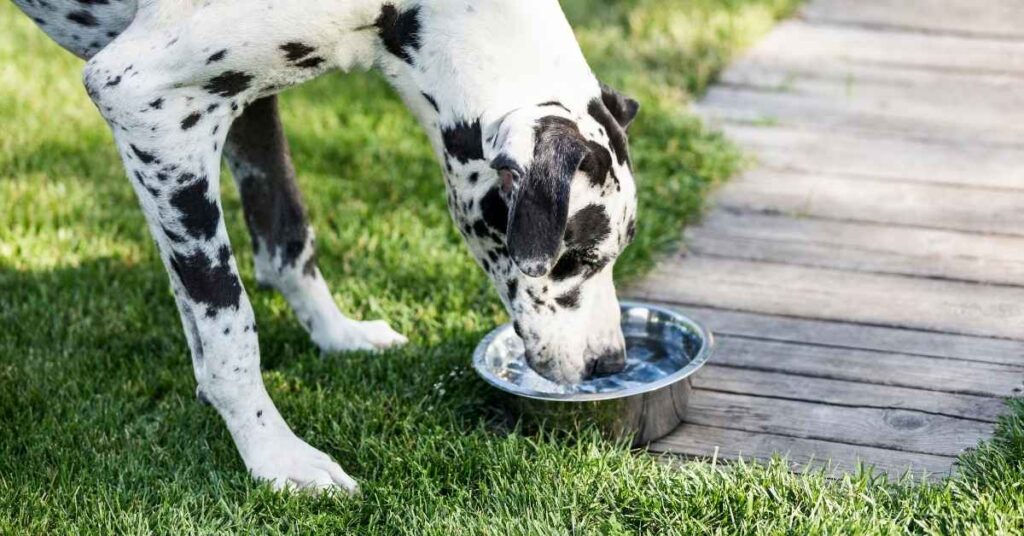
Final Thoughts
A harlequin great dane is a showstopper—but beyond the stunning looks, you’re getting a kind-hearted, calm, family-friendly companion. They’re massive, they grow fast, they eat a lot, but the love they bring into your life? That’s even bigger.
If you’re considering adding a harlequin great dane to your family, go in with knowledge, confidence, and excitement—because you’re truly choosing one of the most remarkable dog breeds in the world.
Breeding Questions Every Future Owner Wants to Ask
Breeding harlequin Danes is a delicate conversation because the pattern comes from specific genes. So let’s answer the questions people search the most but rarely get clear answers for:
Yes, but it is not the preferred pairing because it may produce off-standard patterns or unexpected color outcomes.
This question pops up often: can you breed a merle great dane with a harlequin? Technically yes, but it’s risky. Merle carries potential genetic issues when doubled, so responsible breeders avoid combinations that increase that risk.
This is similar to the question above—can you breed merle and harlequin great danes? Ethical breeding requires DNA understanding to avoid unhealthy litters.
People also ask: can you breed two harlequin great danes? The answer is no, it’s strongly discouraged. Breeding two harlequin-patterned Danes can produce lethal white puppies who may have vision or hearing issues.
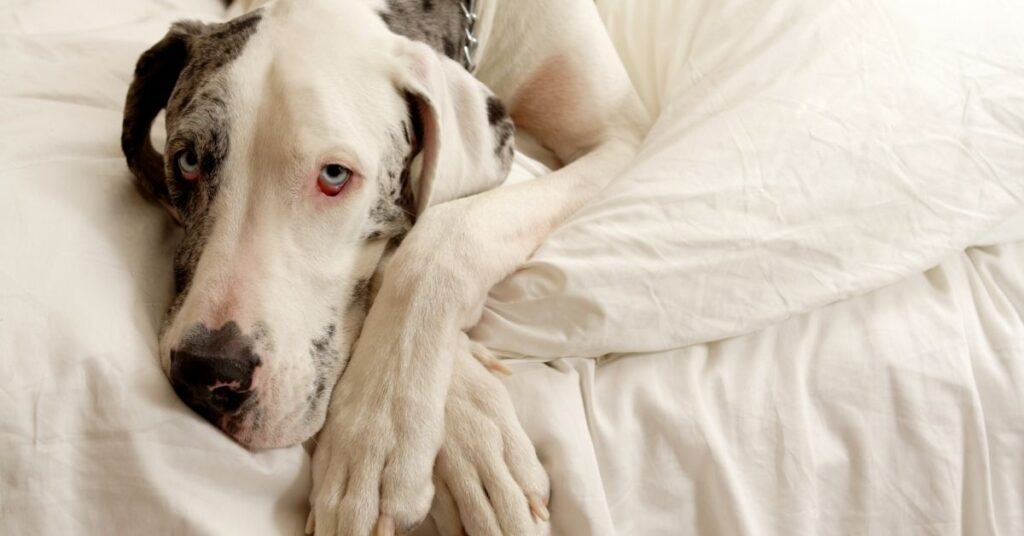
A good breeder prioritizes health over color outcomes. The goal is always producing a happy, strong harlequin great dane, not just a pretty coat.
A Treat For You: Lundborg Land German Shepherds: Reviews


